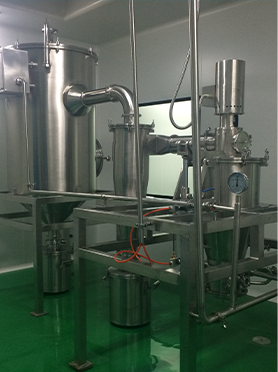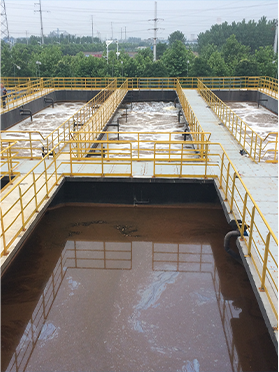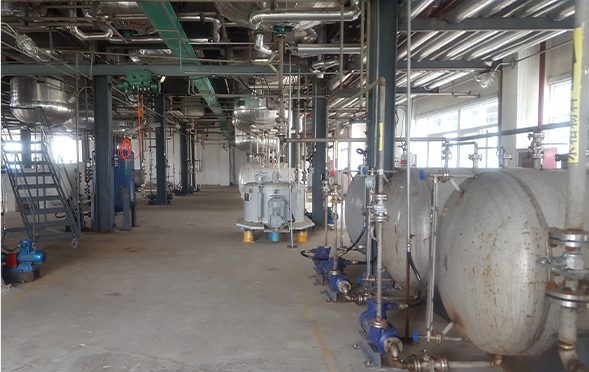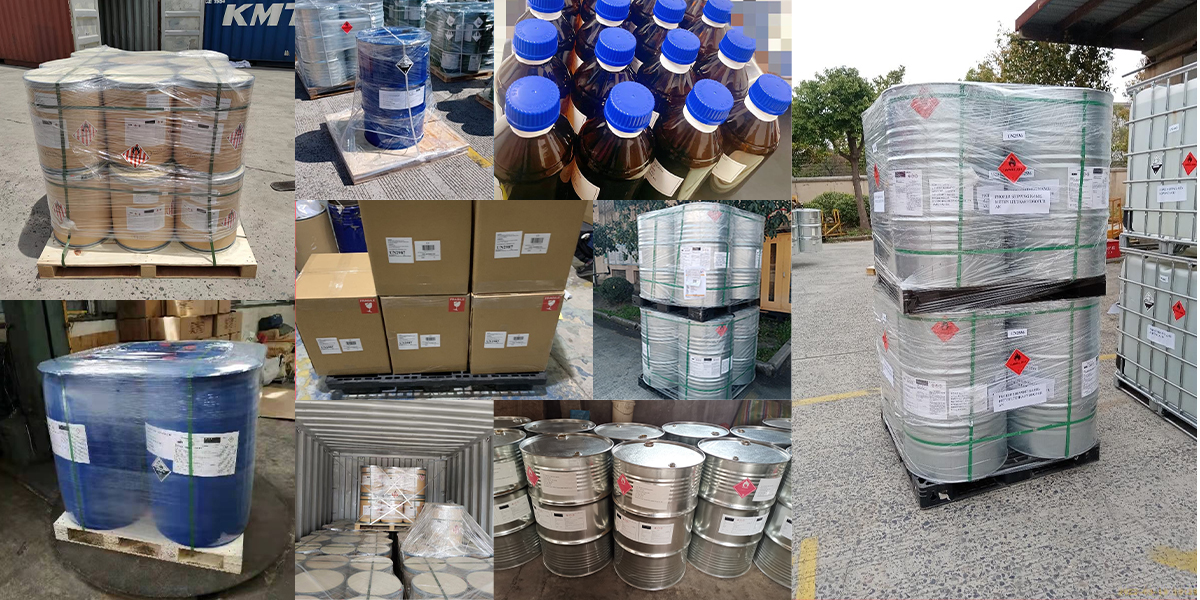In the world of industrial chemistry, terms like 'defoamer' and 'antifoam' are often used interchangeably, leading to potential confusion for procurement managers and R&D scientists alike. While both are critical for controlling unwanted foam, they serve distinct purposes and are applied at different stages of a process. As a leading manufacturer and supplier of specialty chemicals, we believe it's essential to clarify these distinctions to help you make informed decisions for your operations.
At its core, foam is an aggregation of gas bubbles dispersed within a liquid or solid. While foam can be desirable in some applications (like in soaps or certain food products), in most industrial processes, it is a significant impediment. Foam can reduce process efficiency by hindering mixing and heat transfer, lead to product loss through overflow, cause equipment damage, and create safety hazards. Both defoamers and antifoams are designed to combat these issues, but their primary function differs based on timing.
An antifoam agent, true to its name, is primarily used to prevent foam from forming in the first place. It is typically added to a system before significant foaming occurs or is anticipated. The mechanism involves the antifoam agent reducing the surface tension of the liquid medium. By lowering this surface tension, the formation of stable bubbles becomes more difficult. Antifoams often have a low viscosity and are insoluble in the foaming medium, allowing them to spread effectively and disrupt bubble nucleation. If you are aware that a certain step in your process is prone to foaming, adding an antifoam proactively is the strategic choice. For instance, in certain chemical reactions or during the initial filling of tanks where agitation is high, an antifoam would be the preferred agent.
A defoamer, on the other hand, is designed to break down or eliminate existing foam that has already formed. While the chemical compositions of antifoams and defoamers can be very similar (often based on mineral oils, silicones, or other hydrophobic substances), their application strategy is different. Defoamers are introduced into a system once foam is visible or has reached a problematic level. They work by spreading on the surface of the foam bubbles, thinning the bubble walls, and causing them to rupture. This leads to rapid foam collapse. If your process experiences intermittent or unpredictable foaming, or if foam is already a concern, a defoamer is the effective solution. For example, in a dyeing bath where foam has already built up, a defoamer would be added to control it.
It's important to note that many products on the market are designed to perform both functions – they are effective as antifoams (preventing foam) and as defoamers (breaking existing foam). Our MF-006 mineral oil defoamer, for example, is described as having both 'fast bubble breaking speed' and 'excellent bubble inhibition,' meaning it can be used proactively to prevent foam or reactively to eliminate it. When you are looking to buy, it's useful to consider the primary purpose of the agent for your specific application, but many formulations offer dual benefits.
Understanding these distinctions helps in selecting the most appropriate chemical for your needs. If you are seeking to buy 'antifoaming agents for textile auxiliaries' and your primary concern is preventing foam during a dyeing process, you would focus on proactive addition. If your concern is to 'buy defoamers for water-based inks' and you are dealing with foam that has already formed during mixing, you would use it as a reactive treatment. As a manufacturer and supplier, we offer products that cater to both needs, ensuring you can find the right solution from a trusted source. Searching for terms like 'chemical foam control supplier China' will guide you to partners who can provide both types of agents, often in the same cost-effective formulations.
In conclusion, while the terms 'antifoam' and 'defoamer' are often used interchangeably and their chemistries can overlap significantly, their core difference lies in their timing of application: antifoams prevent, while defoamers break. By understanding this, B2B professionals can make more precise purchasing decisions and optimize their industrial processes. We encourage you to consult with our technical team to determine the best foam control strategy for your specific application, whether you need to prevent or break foam.
Manufacturing Facilities






Professional Export Experience
to Global Customers

1. 20 years of R&D, manufacturing and sales experience, serving customers in 60 countries and regions around the world;
2. Own R&D laboratory, pilot platform and large-scale production workshop, which can meet the audit requirements of global customers;
3. We can satisfy customers' perfect transition from small scale lab requirements (gram level) to commercialization requirements (hundred tons level).
A: We don't have Minimum Order Quantity, exact quantity should be provided before quotation for us to calculate the exact cost.
A: We don't provide free samples due to lots of request and expensive international courier's cost, we can deduct the sample charge after commercial order placed.
A: Our payment terms: Small or sample order: T/T IN ADVANCE. Commercial order: First order should be by T/T IN ADVANCE or L/C at sight, and following orders T/T 30~90days is acceptable subject to approval of credit application.